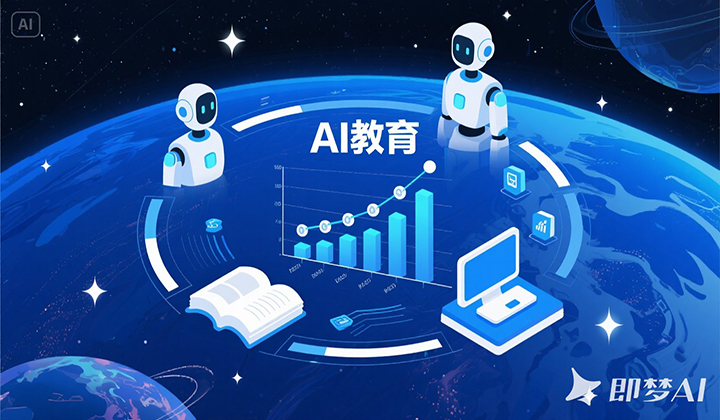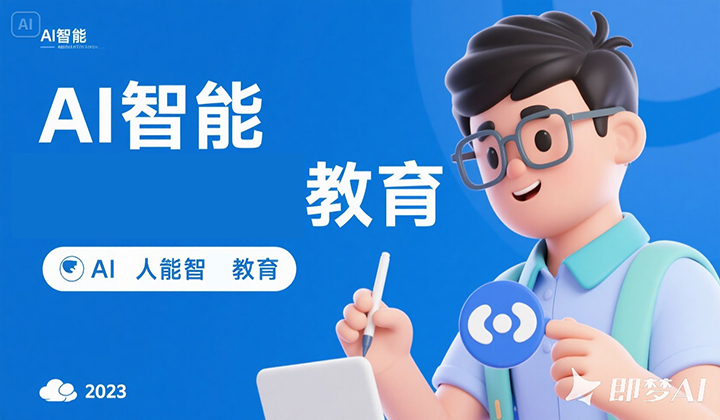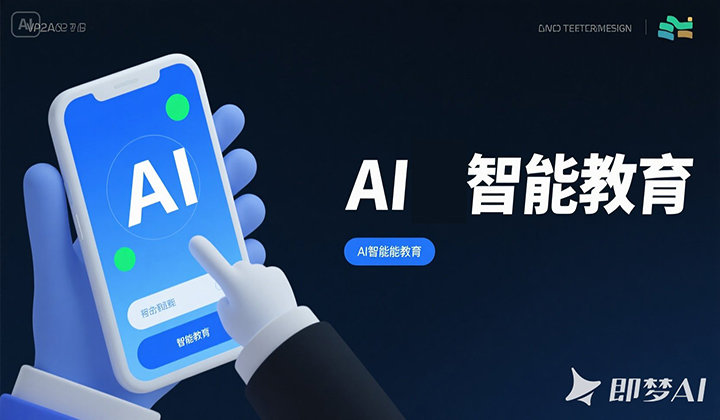The Transformative Power of AI in Education: Shaping the Future of Learning
Introduction
Artificial Intelligence (AI) is revolutionizing various sectors, and education is no exception. From personalized learning experiences to automated administrative tasks, AI is reshaping how students learn and educators teach. As technology advances, AI's role in education continues to expand, offering innovative solutions to long-standing challenges while raising important ethical and practical considerations.
Personalized Learning
One of the most significant contributions of AI in education is its ability to provide personalized learning experiences. Traditional classrooms often follow a one-size-fits-all approach, which may not cater to individual learning styles or paces. AI-powered platforms, such as adaptive learning software, analyze students' strengths and weaknesses, tailoring content to their needs.
For example, tools like Khan Academy and Duolingo use AI algorithms to adjust lessons based on a learner's progress, ensuring optimal engagement and retention. This individualized approach helps students grasp concepts more effectively while reducing frustration and disengagement.
Intelligent Tutoring Systems
AI-driven intelligent tutoring systems (ITS) act as virtual tutors, offering real-time feedback and support. These systems simulate human tutoring by answering questions, explaining difficult topics, and even detecting when a student is struggling.
Platforms like Squirrel AI in China and Carnegie Learning in the U.S. leverage machine learning to provide customized exercises, improving students' problem-solving skills. Unlike human tutors, AI tutors are available 24/7, making education more accessible.
Automating Administrative Tasks
Educators often spend considerable time on administrative duties, such as grading assignments and managing records. AI can automate repetitive tasks, allowing teachers to focus more on instruction and student interaction.
For instance, AI-powered grading systems can evaluate multiple-choice tests and even essays using natural language processing (NLP). Tools like Gradescope streamline the grading process, providing consistency and reducing bias. Additionally, AI chatbots can handle routine student inquiries, such as deadlines and course information, improving efficiency in educational institutions.
Enhancing Accessibility
AI is breaking down barriers for students with disabilities, making education more inclusive. Speech recognition software assists students with hearing impairments, while text-to-speech tools help those with visual impairments. AI-powered applications like Microsoft’s Immersive Reader support learners with dyslexia by improving readability.
Moreover, AI enables language translation in real-time, allowing non-native speakers to access educational content in their preferred language. This fosters global learning opportunities and bridges communication gaps.
Ethical Considerations and Challenges
Despite its benefits, AI in education raises ethical concerns. Data privacy is a major issue, as AI systems collect vast amounts of student information. Ensuring secure storage and ethical use of data is crucial to prevent misuse.
Another challenge is the digital divide—while AI enhances learning for some, students in underprivileged areas may lack access to advanced technology. Policymakers must address these disparities to ensure equitable AI integration.
Additionally, over-reliance on AI could diminish the role of human educators. While AI excels at data-driven tasks, the emotional and motivational aspects of teaching remain uniquely human. Striking a balance between technology and human interaction is essential.
The Future of AI in Education
The future of AI in education is promising. Emerging technologies like generative AI (e.g., ChatGPT) are already being used to create interactive learning materials and simulate discussions. Virtual reality (VR) combined with AI could offer immersive learning experiences, such as virtual labs and historical simulations.
As AI evolves, collaboration between educators, technologists, and policymakers will be key to maximizing its potential while mitigating risks. By embracing AI responsibly, we can create a more adaptive, inclusive, and efficient education system for future generations.
Conclusion
AI is transforming education by personalizing learning, automating tasks, and improving accessibility. However, ethical concerns and the digital divide must be addressed to ensure fair and effective implementation. As we navigate this technological revolution, the goal should be to enhance—not replace—human educators, fostering a future where AI and teachers work together to empower learners worldwide.














